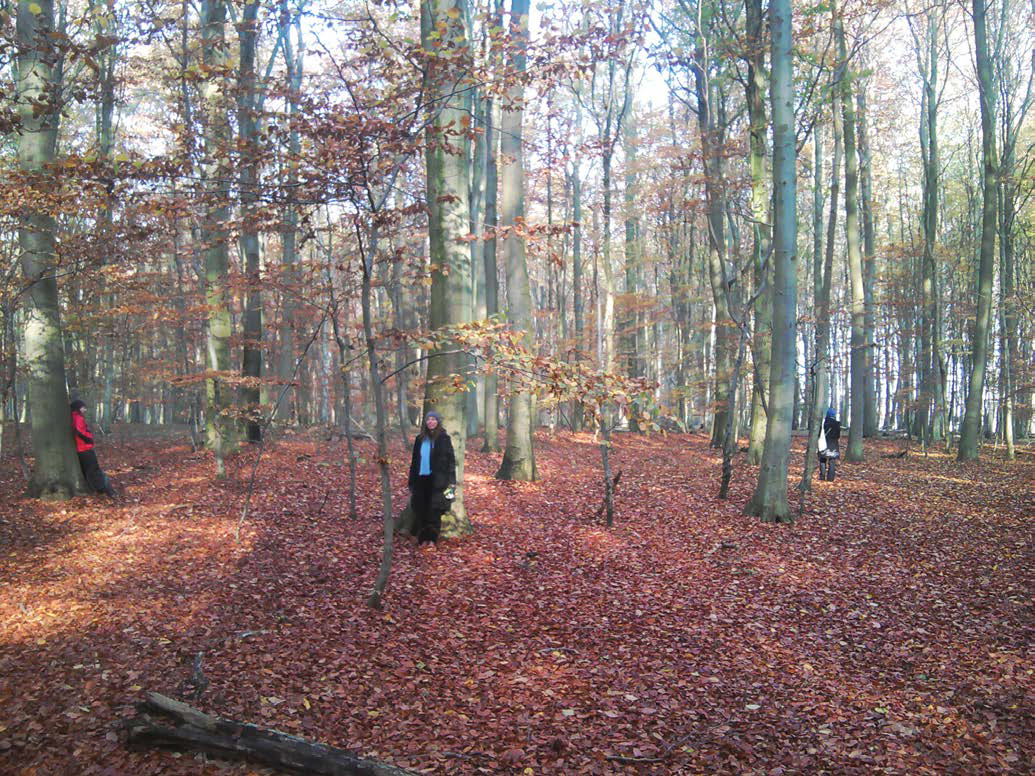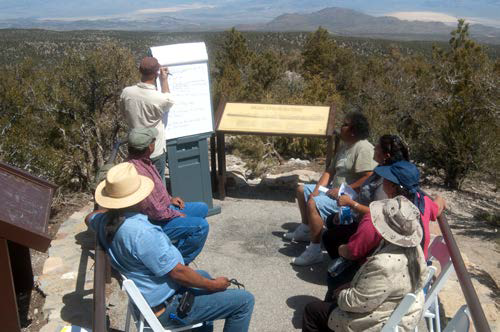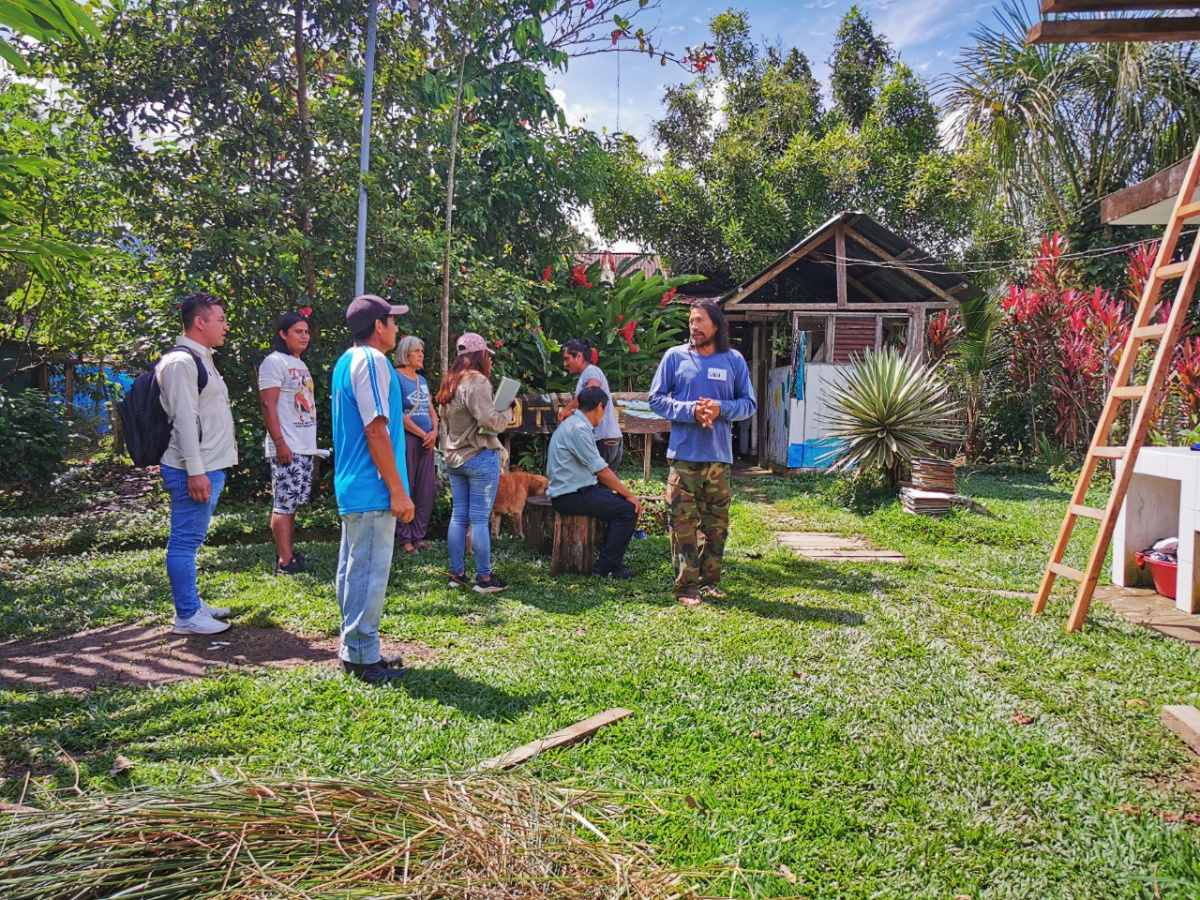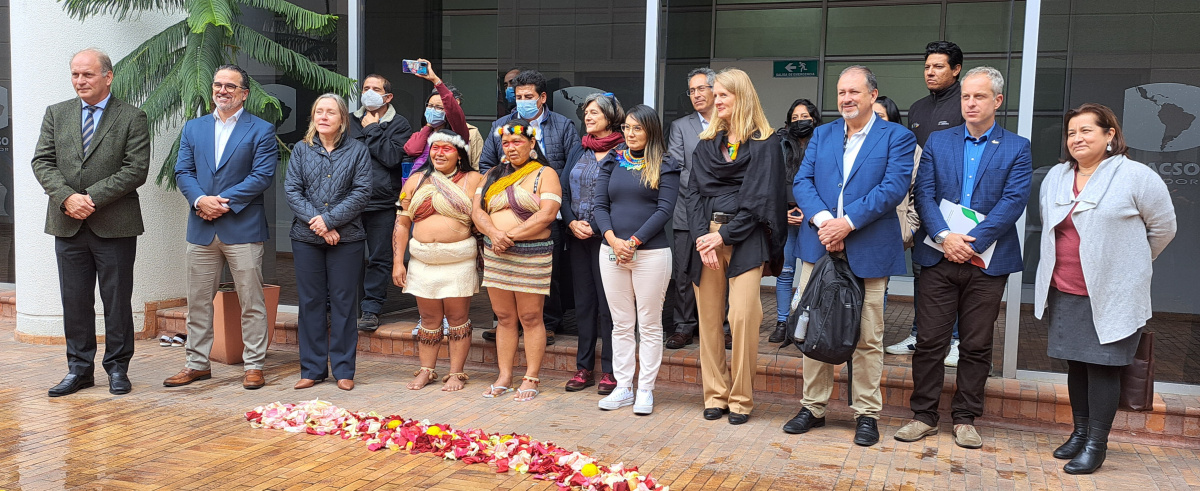“We nourish what we love”: Managing and governing the cultural and spiritual significance of protected and conserved areas
“We nourish what we love” is a much-heard phrase. It often holds true when we consider our own relationships with nature and how we contribute its conservation and protection. The grounds for valuing our relationships with nature however are often much less understood by those managing our protected and conserved areas. This publication offers practical guidance and examples for making the cultural and spiritual significance of nature central to the governance and management of protected and conserved areas.
The cultural and spiritual significance that nature holds to people from Indigenous groups, mainstream religions and the general public, can help make protected and conserved areas more diverse, sustainable and socially equitable. It is with this in mind that we announce the release of the IUCN Best Practice Guidelines - “Cultural and spiritual significance of nature: Guidance for protected and conserved area governance and management”.
Working with the cultural and spiritual significance of nature is also a way to making the management and governance nature more central to the lifeworld of indigenous people, religious groups and the mainstream public.
 IUCN Best Practice Guidelines “Cultural and spiritual significance of nature: Guidance for protected and conserved area governance and management”
Photo: IUCN World Commission on Protected Areas
IUCN Best Practice Guidelines “Cultural and spiritual significance of nature: Guidance for protected and conserved area governance and management”
Photo: IUCN World Commission on Protected Areas
The cultural and spiritual significance that nature holds to people from Indigenous groups, mainstream religions and the general public, can help make protected and conserved areas more diverse, sustainable and socially equitable. Co-Chair of the IUCN World Commission on Protected Areas’ Specialist Group on Cultural and Spiritual Values of Protected Areas (CSVPA), Bas Verschuuren explains: “Cultural and spiritual values are conceptualised and mobilised in different ways in the fields of nature conservation and cultural heritage. Applying ‘significance’ as a key concept to the guidelines helps IUCN and its partners, such as ICOMOSa and ICCROM, to strengthen nature-culture linkages and cultivate more sustainable and integrated approaches to conservation”.
The guidelines include six overarching principles which offer a foundation for the implementation of 41 guidelines divided over 12 main headings. Each guideline has been illustrated with an example of its implementation. Nine case studies demonstrate in depth, how these guidelines can be implemented in protected and conserved areas worldwide. For those who want the full scoop there is also an edited volume expanding on various case studies while also elaborating on the conceptual, theoretical and philosophical underpinnings of this work.
Six overarching principles for making the cultural and spiritual significance of nature central to protected and conserved areas:
- Respect diversity
- Build diverse networks
- Ensure safety and inclusivity
- Account for change
- Recognise rights and responsibilities
- Recognise nature-culture linkages
The work on this publication was mandated by IUCN after the adoption of resolution 033 ‘Recognising cultural and spiritual significance of nature in protected and conserved areas’ at the IUCN World Conservation Congress in Hawaii in 2016. Two workshops supported by the International Academy for Nature Conservation on the Isle of Vilm (INA) in 2016 and 2017 were key to developing these guidelines. "Building on work of the IUCN CSVPA we brought together protected area managers, representatives of Indigenous Peoples and local communities, mainstream religions, and environmental organisations", said Andrea Strauss who supported the work through INA.
Emma Lee, an Indigenous co-author of the guidelines from Australia also recognises the broad range of concepts and values of nature across different cultures: “The focus on Indigenous peoples within the Guidelines and ways of conserving and generating cultural and spiritual values is especially important and far-reaching for IUCN and UN future positive directions in protected areas. By being inclusive, respectful, equitable and welcoming to Indigenous peoples and local communities in the Guidelines, we hope to have demonstrated the immense change in conservation trajectories”. Far from Indigenous peoples being devalued and discriminated against, an unsettling part of the historical legacy of protected areas, these Guidelines are repairing governance and management harms and centring Indigenous practices as enduring, complex and desirable characteristics of our protected and conserved areas.
When we consider that the majority of the worlds languages and religious scriptures contain no specific word for “nature”, we have to draw on these different cultural and religious conceptualisations of nature in order to make its conservation better. CSVPA steering committee member and co-director of the Delos Initiative, Josep Maria Mallarach who previously pioneered the development of similar guidance at the national level in Spain has been a stout supporter of the guidelines: “These guidelines help bring into practice the diversity of concepts and values that nature holds to different groups of people. IUCN committed to this at the World Conservation Congress in 2008. Now it is time to implement this and develop capacity building materials to help with the implementation of the guidelines”.
The publication can be downloaded from the IUCN library.






